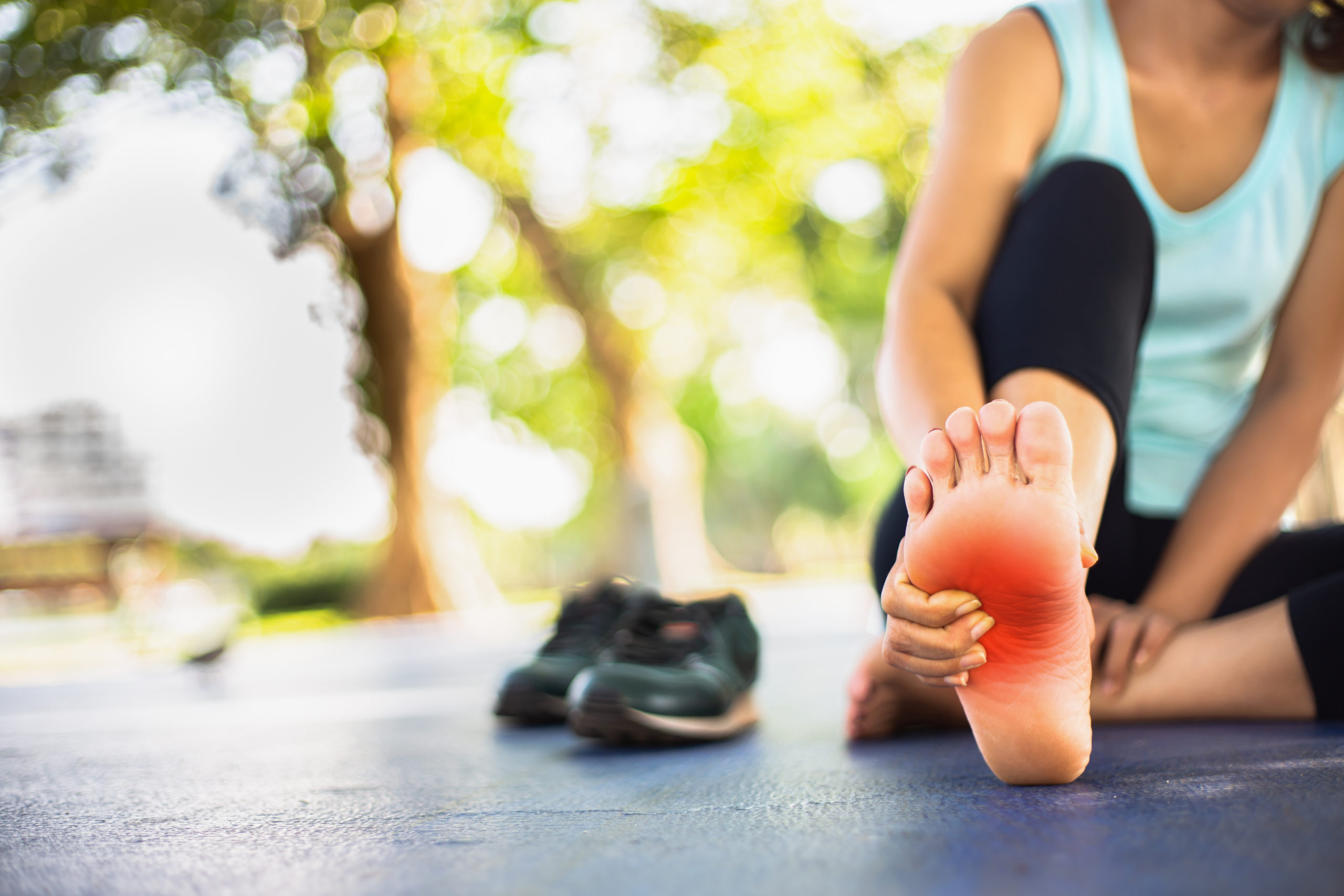
Experts: Overuse Causes the Most Sports-Related Injuries
As school sports start up and athletes return to the field, experts urge young athletes to remember that overuse is the underlying cause of most sports-related injuries.
“Overuse injuries are the most common types of sports-related injuries,” said American Academy of Orthopaedic Surgeons spokesperson Michael S. George, MD. “Often times the initial aches and pains felt during the progression of an injury are overlooked by young athletes. It’s essential to teach them about the importance of informing a coach or parent about pain because an undiagnosed injury can become more severe in the long run.”
In 2013 alone, more than 880,000 children and young adults age 5-18 suffered football-related injuries, according to data from the Consumer Product Safety Commission. Another 434,000 athletes were injured playing soccer, 99,884 were injured in cheerleading, and 94,000 were injured playing volleyball.
According to the National Institute of Arthritis and Musculoskeletal and Skin Diseases, the most common types of sports injuries are:
- Muscle sprains and strains
- Tears of the ligaments that hold joints together
- Tears of the tendons that support joints and allow them to move
- Dislocated joints
- Fractured bones, including vertebrae
Acute injuries, such as a broken hand, occur suddenly during practice or a game. But chronic injuries, such as muscle strains or sprains, typically occur from overusing one part of the body (such as a baseball player’s shoulder or a soccer player’s ankle). These chronic injuries are characterized by pain when performing an activity (such as throwing or running), a dull ache while resting, and swelling. These symptoms should serve as a warning for players to consult a doctor, parent, coach, or trainer; allowing an athlete to play with preliminary symptoms of a chronic injury can result in more serious complications later on.
The American Academy of Orthopaedic Surgeons provided the following safety tips for athletes in a recent news release:
- Get checked early: Schedule a pre-season physical examination to ensure you are clear to play, and make sure to follow your doctor’s recommendations.
- Warm up and cool down: Be sure to warm up before strenuous activity and cool down properly afterward with low-impact exercises like walking or cycling.
- Incorporate strength training and stretching: These training and stretching exercises can help keep your body in good condition. A good stretch lasts for 10-12 seconds and does not go beyond the point of resistance.
- Hydrate: Maintaining health and avoiding muscle cramps requires adequate hydration. Don’t wait until you are thirsty to hydrate; by that point, it is often too late.
- Check the play surface: Uneven or unsafe play surfaces can spell trouble for unsuspecting athletes.
- Don’t ignore pain: If you experience any pain or discomfort, especially in a previously injured area, talk to a sports medicine specialist or athletic trainer as soon as possible.
- Use proper equipment: Always wear properly fitted pads, helmets, cleats, mouth guards, and other equipment necessary for your sport.
- Branch out in the offseason: Try multiple positions or another sport during the offseason to minimize overuse injuries.
Avoid overtraining: Listen to your body and decrease training time/intensity if you experience pain or discomfort.

















